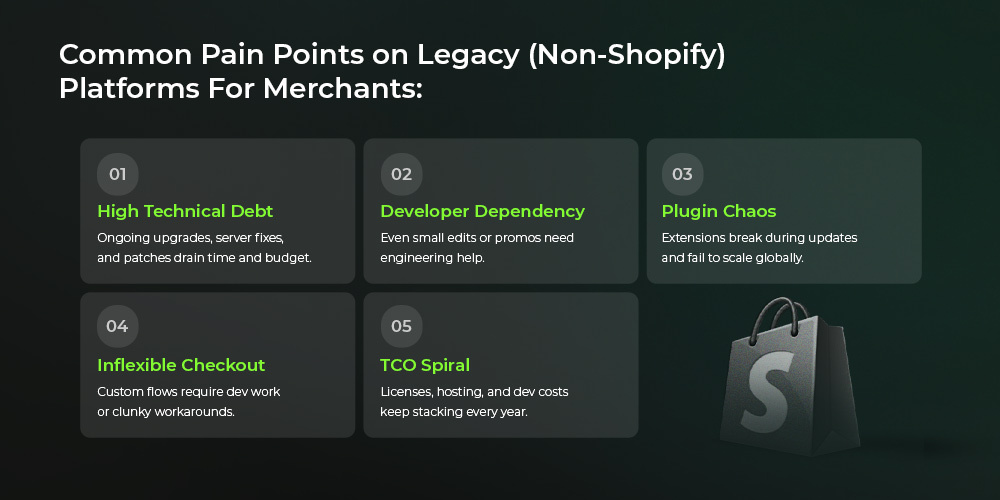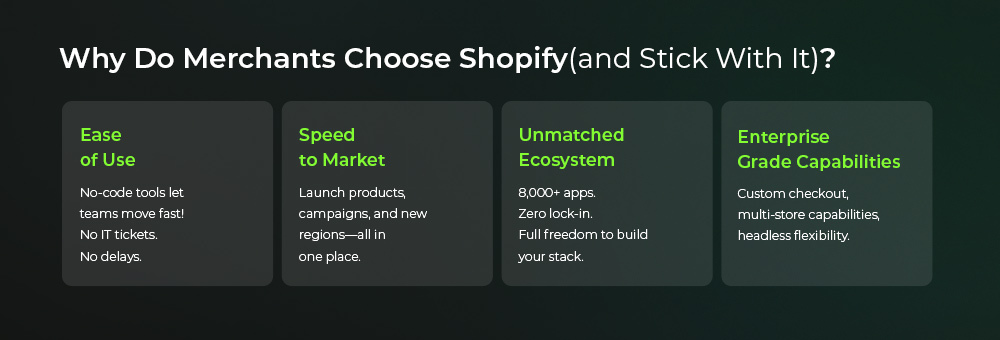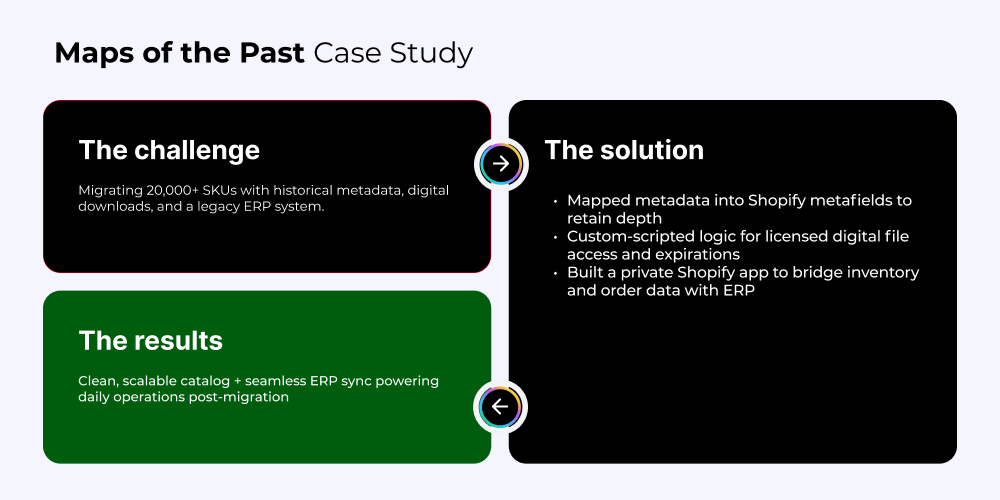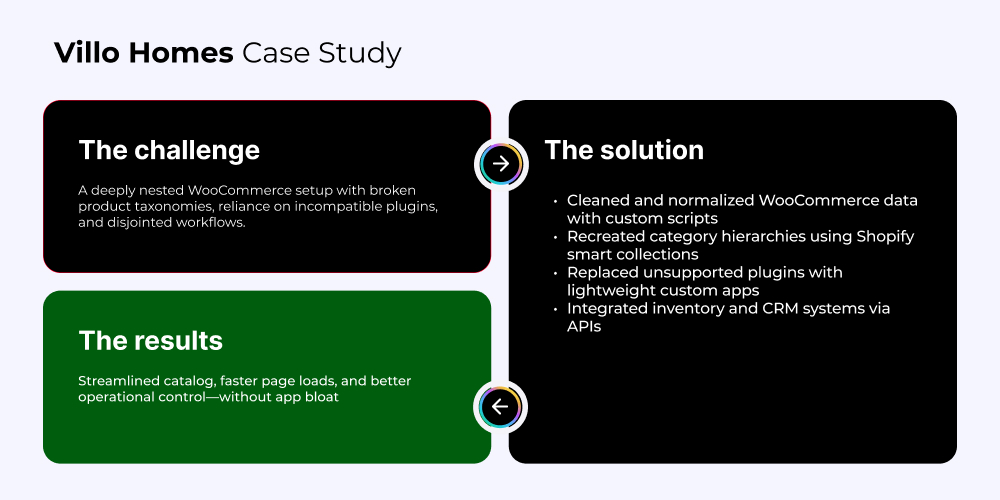It just took one Black Friday crash for Gymshark to realize their growth had outpaced their tech, and how Shopify Plus became their turning point. In 2015, their site went down for 8 hours at the worst possible time, costing not just revenue, but trust, momentum, and control over their future. That moment wasn’t just a technical failure. It was a business wake-up call. The solution? A complete migration to Shopify Plus, accessing global agility, streamlined operations, and the ability to scale fast without wrestling with servers, blocky plugins, or slow dev cycles.
Today, Gymshark operates as a $128M DTC force across 180+ countries — proof of what’s possible when your commerce platform accelerates growth instead of slowing it down.
Enterprise merchants running on platforms like Magento(now Adobe Commerce), BigCommerce, or PrestaShop are confronting the same limits:
- Every campaign launch demands developer time.
- Every plugin update risks system failure.
- Peak traffic periods feel more like survival mode than opportunity.
According to a Digital Commerce 360 survey, 27% of eCommerce brands are already planning to switch platforms, with 35% raising the need for software that fits their business better and is easier to manage.
If you’re hitting the same walls, growing pains masked as “infrastructure”, this guide is your strategic roadmap to move forward, not just to migrate, but to evolve – all with Shopify.

Now, contrast this with what today’s high-growth brands are looking for:
- Operational agility
- Unified commerce experiences
- Global scalability
- Automation and analytics that don’t require custom coding
That’s where Shopify Plus comes in.
In this blog, you’ll discover:
- What Shopify and Shopify Plus are, and what makes them enterprise-ready
- Shopify Plus features that streamline scale, reduce dependency, and boost performance
- Cost comparisons and architectural advantages vs legacy platforms
- Real-world migration challenges (and how to overcome them)
- How CedCommerce, a certified Shopify partner, executes large-scale migrations
- Enterprise migration case studies with quantifiable results
- How to evaluate if your brand is ready, and what the next steps look like
What Is Shopify & Shopify Plus?
The Platform That Makes Commerce Simple, Not Stressful
In 2006, Shopify started as a solution to a problem: its founders wanted to sell snowboards online, but the existing eCommerce platforms were either too rigid, too complex, or too expensive to maintain. So they built their own. Today, that same frustration resonates with thousands of fast-growing brands that want freedom to innovate, not manage infrastructure.
Shopify now powers over 5.7 million active websites globally, with 3.2 million sites based in the US alone (source: Chargeflow).
What Makes Shopify Different?
For merchants, Shopify delivers on the three things legacy platforms often fail to provide:
- Speed of execution: No more waiting weeks for changes to go live.
- Simplicity at scale: Teams can run storefronts, inventory, checkout, and campaigns without constant developer support.
- Reliability without overhead: Shopify’s SaaS model handles updates, security, and uptime so your ops team doesn’t have to.
- Regular updates: Shopify rolls out new features, security patches, and performance upgrades every 6 months! No manual patching, no downtime, and no disruption to your business.
What is Shopify Plus?
A Platform Built for High-Volume, High-Velocity Brands
As thousands of Shopify merchants began scaling into the millions in GMV, Shopify launched Shopify Plus, a dedicated enterprise-tier platform designed for advanced use cases, larger teams, and global growth.
Some of the world’s most recognized brands run on Shopify Plus:
- Allbirds (D2C footwear)
- Heinz (CPG)
- Skims (fashion)
- Staples Canada (B2B)
And they’re not alone. Shopify Plus is now home to over 10,000 merchants worldwide and counting (Shopify Investor Relations, 2024).

Book a free walkthrough of Shopify to explore how its capabilities can streamline, scale, and future-proof your business.





